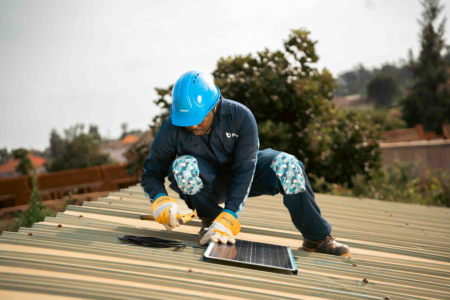Rwanda’s debt rose to $5.4 billion last year from $4.8 billion in 2017, World Bank data shows.
Rwanda’s debt level this year is projected to rise to 49.1 per cent as a ratio of GDP, from 40.7 per cent last year.
According to the Ministry of Finance, much of the country’s debt is Long-term, with a repayment period of up to 40 years. Despite this, the biggest test for Rwanda’s debt burden is expected to come in 2023, when the repayment of its $400 million Eurobond will fall due.
The settlement is expected to put pressure on government coffers, even with Kigali having an option to issue another Eurobond to retire the maturing of the loan.
The International Monetary Fund (IMF) has been pressing the government to improve its financial transparency and analyse fiscal risks to avoid surprises in the economy during the repayment period.
“So we want to look at ways to regain that momentum and we are looking at having a medium-term revenue strategy and tax incentives. But it is all about balance because you do not want a tax burden that is scaring away business.” Said Laure Redifer IMF Head of Mission to Rwanda.
Rwanda’s large investments like the multi-million dollar Kigali Convention Centre—completed in 2016 which Rwanda borrowed $130 million has fuelled the country’s growing debt.
The expansion of the national airline, RwandAir at a cost of about $169 million which inclusive of increases in the size of the fleet in addition to aircraft leases valued at $86 million, also saw its debt rise. The construction of a new airport in Bugesera district, for which Rwanda borrowed $80 million also added to the debt.
A new basketball arena launched in the Kigali in August is also said to have increased the country’s debt by $104 million.
Despite this borrowing for infrastructure construction, the county is still within its means to finance those debts with experts citing its heightened capacity to generate enough domestic revenues through taxes from increased exports.
In 2018, Rwanda’s GDP rose by 8.6 per cent which was beyond the projected 7.2 per cent, supported by strong activity in construction and services.











